Exhibition place:Textile Conservation Gallery
Exhibition time:2024.3 - 2024.5
Organizer: Zhejiang Provincial Department of Culture Radio Television and Tourism,Zhejiang Provincial Cultural Heritage Bureau
Host:China National Silk Museum
Co-organizer: Tongxiang Museum
Location: Textile Conservation Gallery, China National Silk Museum
Tongxiang Puyuan Town, formerly known as "Youhu" and "Meijing", is one of the five famous towns in the southern China during the Ming and Qing dynasties. It is famous for producing the silk which called "Pu silk". With a long history of Youhu, culture has flourished for more than 900 years, and talents have come out in large numbers.
On November 25, 2002, the Tongxiang Museum received a report from the Puyuan Town Culture Station, which said a tomb had been unearthed at the construction site of Xianghai Temple in Yangjiaqiao. Promptly dispatching staff to the location, they identified the find as a Ming Dynasty tomb based on its structural characteristics and immediately initiated a salvage excavation. After clearing the tomb, two blue-glazed bowls, a pair of chopsticks, one wooden box, and a set of clothes worn by the tomb's occupant were found. Despite the skeleton having largely decayed, the burial clothing and textiles such as quilts and cotton blankets that enshrouded the body were impressively preserved.
The tomb occupant was dressed in nine layers of garments made from a variety of fabrics, including satin damask, plain weave silk, damask on tabby, featuring intricate weaves. He wore a finely headband and a black gauze cap on his head, a stain damask robe with clouds and haechi badge, round collar, wide hem, large sleeves, front and back adorned with identical embroidery XieZhi sewed with gold thread, which is a typical style of officials' regular costume in the Ming Dynasty. Such well-preserved apparel is uncommon among Ming Dynasty graves uncovered in Zhejiang Province, reflecting the high standards of textile craftsmanship of the era. Additional finds included a carved wooden belt buckle and official documents saying ‘Imperial censor was prisoned for the crime until June 1st in the fifth year during the reign of Emperor Tianshun of the Ming Dynasty …’, providing further clues to establish the identity of the tomb occupant and the origins of the accompanying textiles. It is believed that the tomb belonged to Yang Qing, who once held the position of Henan's inspector and passed away in the first year in the reign of Emperor Tianshun of the Ming Dynasty.
In January 2014, the Key Scientific Research Base of Textile Conservation (Chinese Silk Museum) took up the task of preserving these discoveries. They visited the Tongxiang Museum to extract data from the textile artifacts, drafted a restoration plan, and carried out the preservation efforts on twelve cultural relics upon approval.
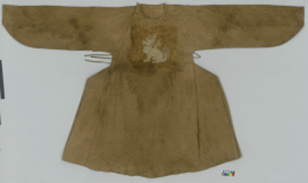
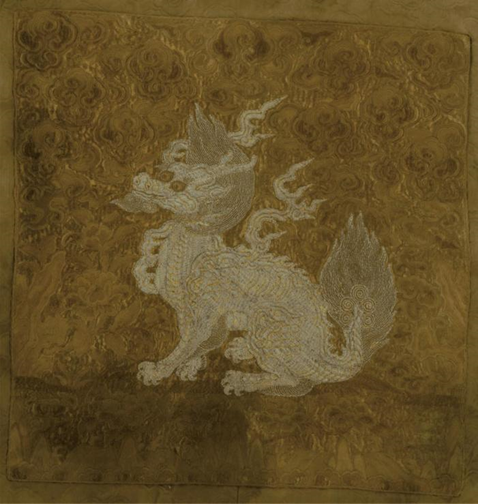
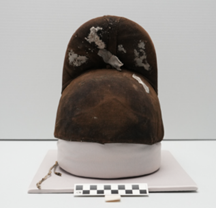
black gauze cap
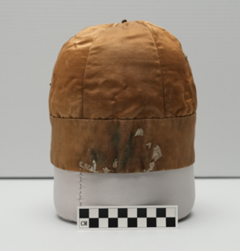
skullcap

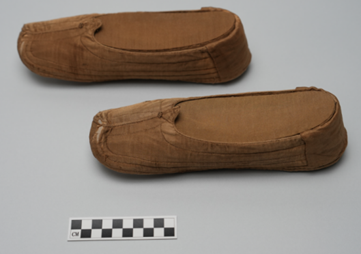
shoes
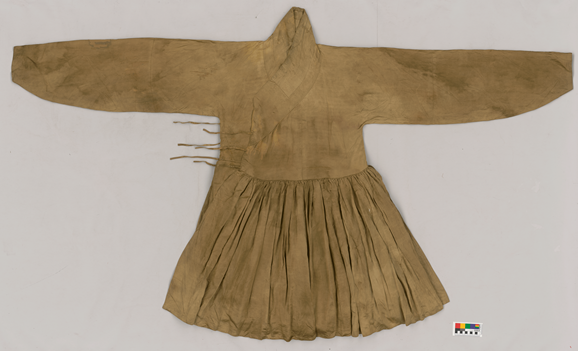

waistcoat
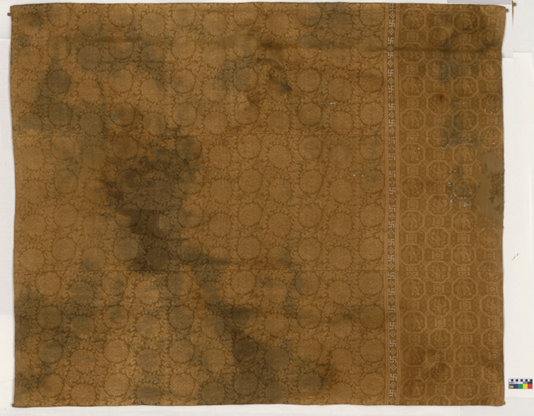
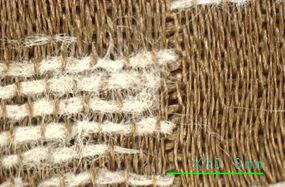
quilt
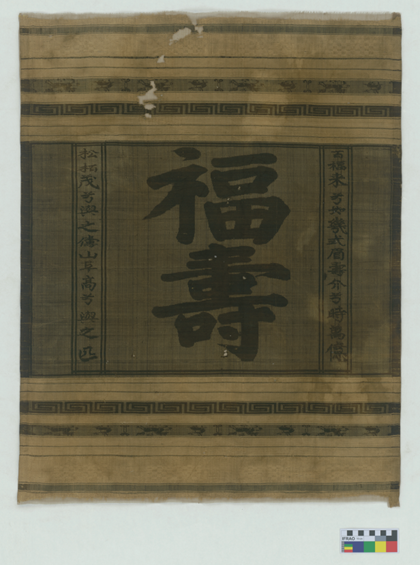
 Pay attention to us
×
Pay attention to us
×